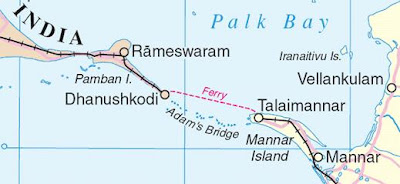Dear All,
Yesterday morning I suddenly planned to go to Tiruporur Temple without any preplanning very ancient one along with Sushila, her sister saraswathi,her daughter Hemamalini and her brother Kamalakkannan .
We carried curd rice, Tamarind rice, potato chips hurriedly prepared in an hour but very tasty.
We left at 8-00 a.m. at very peak traffic towards O.M.R.route where most of software cos situated in office hours with bumper to bumper traffic in my dear favourite car Premier Padmini steering myself.
We reached after two hrs travelling speed not more than 40 km as we cannot drive more than 40 to 50 km..Sushilas car Tata Indica petrol had breathing difficulty though Dineshs Skoda Laura and Volks Polo available,
I still preferred Premier Padmini a sturdy car dependable roomy, with comfortable front bench seat with steering gear without the the interuption of usual Ball gear in the centre and two persons can sit in the front with comfortable elevated cushioned seats compared to present day cars sunken seats low visibility .with only person in the front seat however the car is big.
On our way we had breakfast at Semmenchery near Tiruporur at Hotel Kohinoor Asiana Five star category and took Idly,Vadai and Coffee and the whopping bill came to rs 2800/ including tips. -
The hotel staff and watchman,security men at the hotel were dumbstruck to see our vintage car parked along with modern posh cars and gave us special reception, .car had attracted them to give us special welcome.
Added to that recently a film by name Panniarum Padminium was released fiat being green colour and mine too is green. and enroute all persons gazed and cheered us saying Panniyar car Padmini ( means Land lord in villages ) )
I did not see any Premier Padmini car enroute or in workshop. during my journey lasting more than 8 hrs covering 150 km visiting all temples nearby .I do know many cars were scrapped more than 5000 according to scrap dealers due to demand in Bombay for the past few years for spare parts. Fiat being used as Taxies and now that too facing extinction the taxiwallaws switching over to latest cars.
I did not switch A.C. or Music and mostly avoided honking. completely silence was maintained including noiseless smooth engine running, without any rattling sound from the body.
The climate in chennai yesterday was very cool and natural breeze came in door glasses were open..
Hope all of you enjoyed and read the above short real story for a change for a while, away from your routine busy office work and life.
Also immates in the car never felt Tension, anxiety, worry,stress , maintained ,smooth B.P..level normalcy and so on reason being they are safe in the hands of driver jayakumar of more than 60 years safe driving experience
With best wishes from
Wellness wisher Happiness and Health
Jayakumar








































